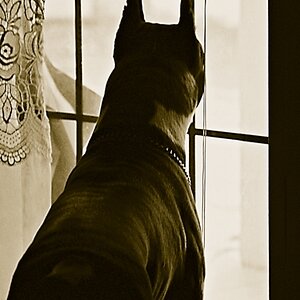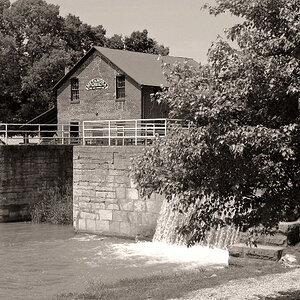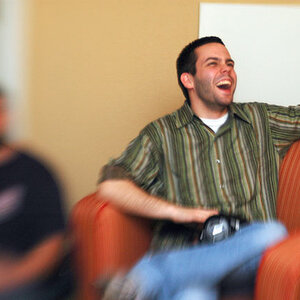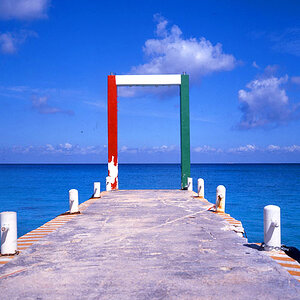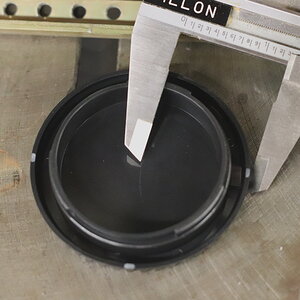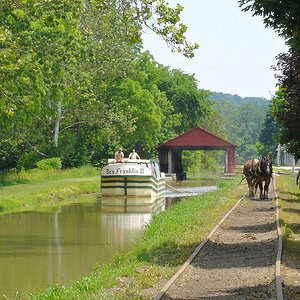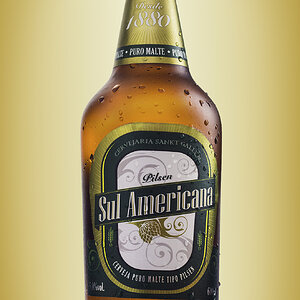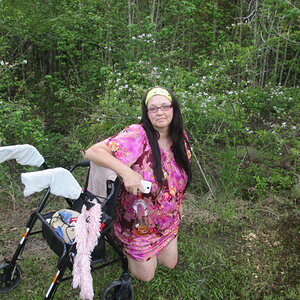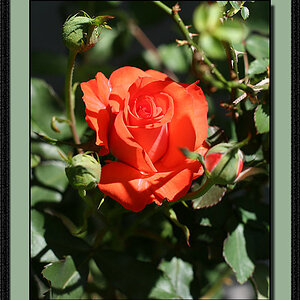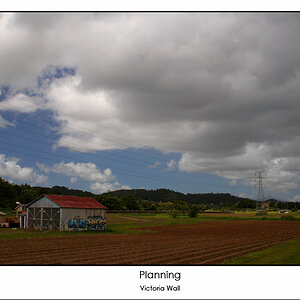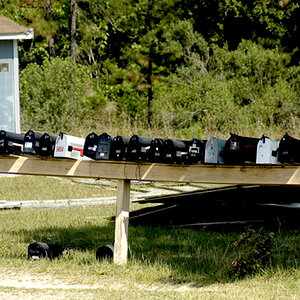- Joined
- Apr 9, 2009
- Messages
- 41,401
- Reaction score
- 5,706
- Location
- Iowa
- Website
- kharrodphotography.blogspot.com
- Can others edit my Photos
- Photos OK to edit
The texture can be recovered by boosting the mid-tone contrast.
Using Lr that can done on the Basic panel with the Clarity slider.
The Basic panel Clarity, Vibrance, and Saturation sliders are collectively known as Presence sliders .
Using Lr that can done on the Basic panel with the Clarity slider.
The Basic panel Clarity, Vibrance, and Saturation sliders are collectively known as Presence sliders .


